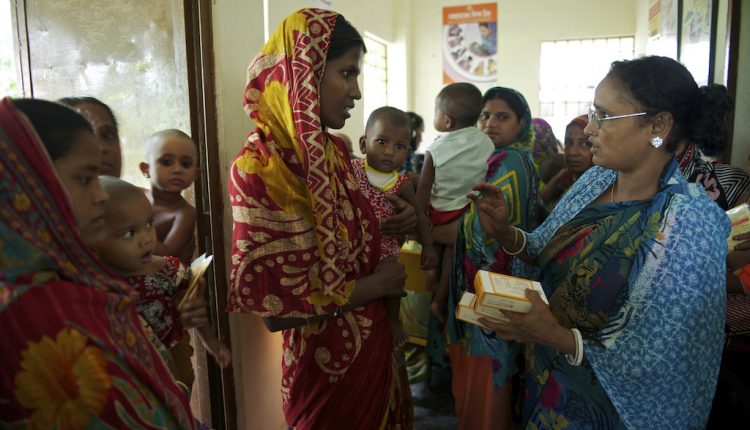
Women in emergency situations - Refugee camps and relief environments
Nowadays, the role of women in emergency and disaster environments is taking more and more importance. It is no news seeing women enrolled in fire brigades, paramedic crews and civil defence forces. They are an important part of safety crews, especially when other women and children are involved.
Woman is a special word. Back to the origins, the etymology of this noun, it did not mean something positive for the female population. Woman expressed a sense of submission, obedience and in some cases, slavery.
Often in war fields, women are the principal victims because of sexual harassment, and social condition. This is why it is EXTREMELY IMPORTANT that rescue crews and safety committees are composed also by women: to give physical, but in particular, psychological support. In addition, they transmit safety and confidence to women in precarious conditions.
One environment in which the intervention of women is important is the distribution of food and the administration of medicines in refugee camps.
Women in emergency situations: the Disaster Management Training Programme
About the needs of women in emergency situations, the Disaster Management Training Programme of the United Nations Development Programme and Office of the United Nations Disaster Relief Coordinator has conducted the “Desk Study on the Needs of Women and Children in Emergency Situations” commissioned by The Disaster Research Unit (DRU) of the University of Manitoba based in Madison, (Wisconsin, USA), in collaboration with InterWorks.
About this argument, the authors of this work express the dangers and the needs women and children have in emergency situations, and the main thing is to provide a basis to guarantee safety:
-
The magnitude of the problem of sexual exploitation faced by women and girls in emergencies and relief camps calls for a review of existing studies on sexual issues. New studies are recommended to identify preventive measures for sexual assault and abuse, and to implement culturally appropriate interventions.
-
Amplify and adapt the extensively used Refugee Mental Health: A Manual for Field Testing (WHO and UNHCR, 1992) into a Training Module that goes beyond those oriented specifically at refugees. Preventive measures (and their implementation by health personnel) have been shown to control psychosocial distress in coping with stressors among displacees. For field personnel, particularly womenhelpers, provide on-site interventiontechniques based ondebriefing procedures. This is especially important to prevent psychological morbidity of unexperienced volunteers hired to work in complex emergencies.
-
Give high assistance priority to physical and legal protection of women in disasters and emergencies. Adapt the UNHCR Guidelines on the Protection of Refugee Women (UNHCR, 1991b) and the “Sectoral Checklists for Refugee Women” (UNHCR, 1991a) to provide similar protection and assistance strategies in the case of other displaced women in emergency situations.
-
Utilize more extensively the agricultural background and farming knowledge of women to improve and expedite nutritional intakes in emergencies. Provide planners with information relevant to the cultural context in question.
-
Provide financial resources to promote employment opportunities for displaced women during the reconstruction phase. Follow up the results of such enterprises to identify and control possible problems.
Women in emergency situations: an essential help
In this sense, the presence of women in aid of poor and harassed populations is essential!
In particular:
- Critically examine the current and successful women’s committees in selected camps of displaced persons. Include research findings in Training Modules.
- Create a comparative data bank comprised of studies in both developed and low-income countries where programmes have already been successfully applied to increase the organizational and managerial capacity of women affected by disasters and/or emergencies. Utilize these programmes by administering them in other areas, where feasible, upon consideration of annual programme evaluation reports.
- Assess successful cooperative ventures employing women for basic community tasks such as grinding mills, distributing water, making construction materials, and establishing community schools to make recommendations for similar post-emergency involvement in other countries or locales.
- Analyze economic self-help systems and their viability as a measure of association between external aid and community management of such resources in relief camps.
- Conduct a pilot study of women in emergency construction project roles. Make recommendations to facilitate their access to the primary resources for building sustainable types of shelters.
- Design a pilot study to test the effectiveness of implementing a regular sporting activity in relief camps to offer a constructive outlet for aggression, particularly for men, with the specific intent of reducing aggression against women.



